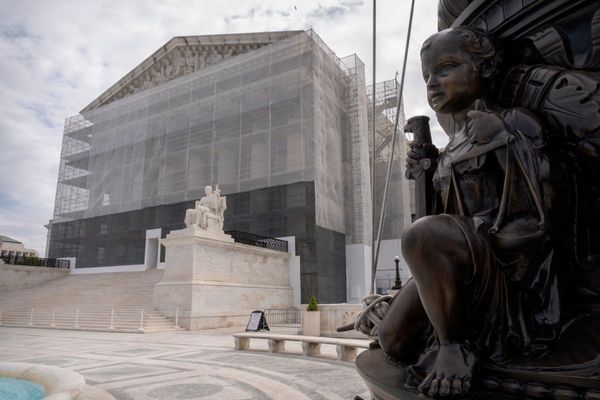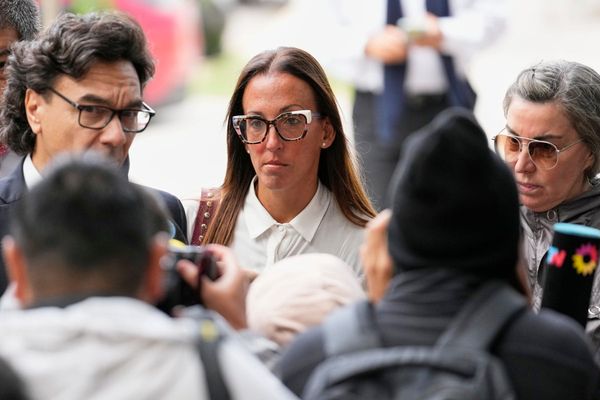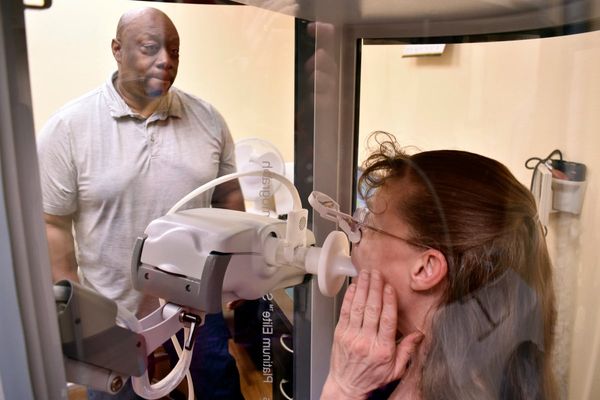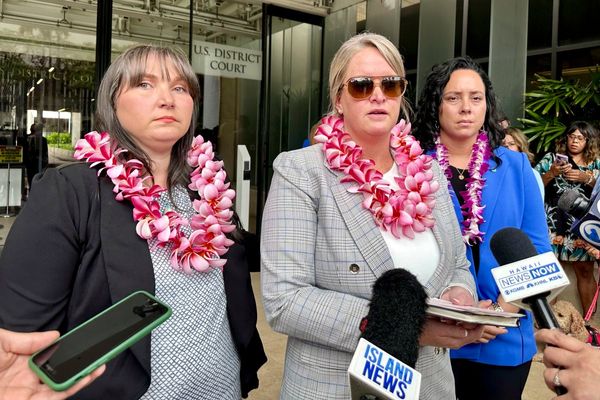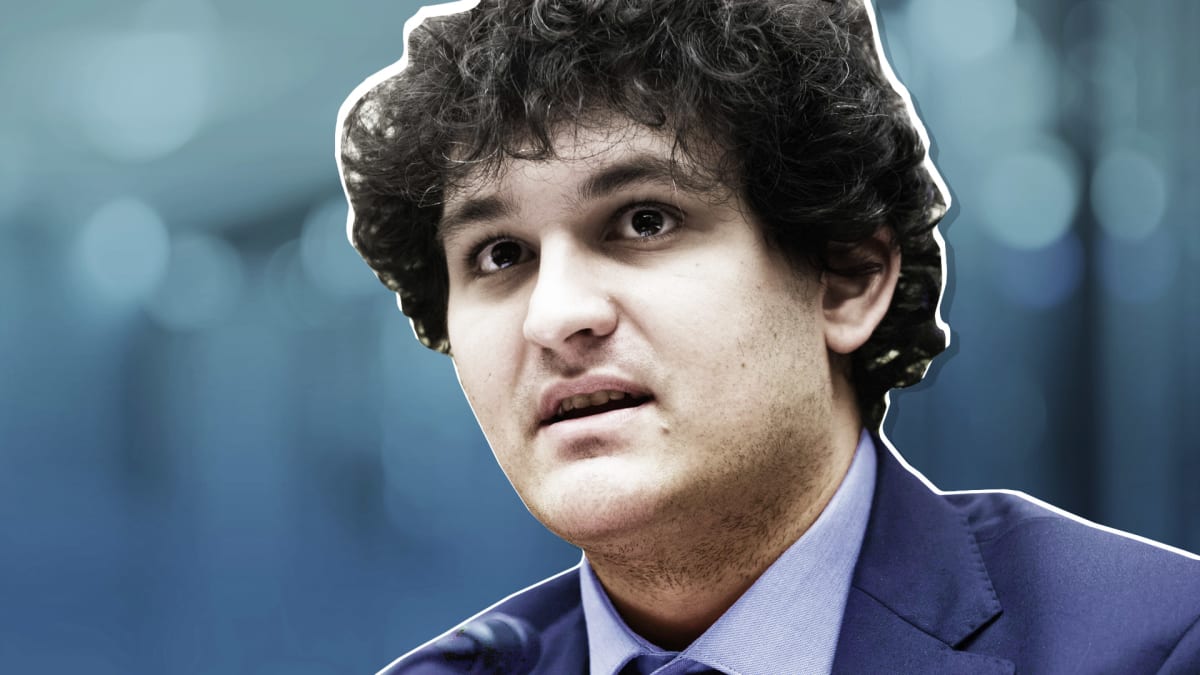
Sam Bankman-Fried, the deposed crypto king, does not want to leave the stage.
The curtain has however been drawn.
What's worse is that he was the one who drew it by filing for Chapter 11 bankruptcy on November 11th. A decision that will go down in the annals of finance as one of the biggest disasters since the 2008 crisis.
In February, FTX was valued at $32 billion. Less than nine months later, all that valuation has gone up in smoke. Hundreds of thousands of customers have most likely lost their investments as there is no guarantee that they will be able to recover their money after the restructuring of the company.
The damage caused is immense. Many crypto firms are set to find themselves in a cash crunch due to their exposure to FTX, which had spread its tentacles like an octopus, after emerging as the savior of the industry following the collapse of sister cryptocurrencies Luna and UST, or TerraUSD, on May 9.
Controlling the Narrative
Bankman-Friend, a big donor to the campaigns of politicians and especially Democrats, was forced to resign as CEO on November 11. He was replaced by John Ray, the liquidator of energy broker Enron. U.S. regulators have opened investigations, while authorities in the Bahamas, where Bankman-Fried lives and where FTX is based, are conducting a criminal investigation.
For the moment, no charge has been brought against the man who was still, on November 8, one of the richest men in the world. The crypto sphere, trying to preserve the little credit it has left with the general public, has distanced itself by condemning his actions. Some say it was fraud, others say it was Ponzi scheme. In the end, he has been dubbed the "Bernie Madoff of crypto."
Bankman-Fried seems to want to command what is said about him. He remains active on the social network Twitter, where he continues to try and explain what happened, a way of continuing to control the narrative. The problem with this strategy, which is based on so-called transparency, is that the revelations he makes only help to dig his own grave.
In his last salvo of explanations, he claimed, for example, that he did not know that the financial situation of FTX was disastrous, even hopeless.
"Problems were brewing. Larger than I realized," he wrote on November 16. "[AGAIN THESE NUMBERS ARE APPROXIMATE, TO THE BEST OF MY KNOWLEDGE, ETC.] Leverage built up-- ~$5b of leverage, backed by ~$20b of assets which were....Well, they had value. FTT had value, in EV! But they had risk."
FTT is the cryptocurrency issued by FTX.
He continued: "And that risk was correlated--with the other collateral, and with the platform. And then the crash came. In a few day period, there was a historic crash--over 50% in most correlated assets, with no bid side liquidity. And at the same time there was a run on the bank."
Incompetent or Crook?
And there he utters what appears to be unthinkable:
"Roughly 25% of customer assets were withdrawn each day--$4b. As it turned out, I was wrong: leverage wasn't ~$5b, it was ~$13b. $13b leverage, total run on the bank, total collapse in asset value, all at once. Which is why you don't want that leverage."
He does say that he thought the leverage was $5 billion and later discovered that it was almost three times that amount. This admission frames two alternatives. In the first, Bankman-Fried is sincere and didn't really know what was in FTX's books, which makes him look incompetent or ignorant at best. In the second, Bankman-Fried is lying, which means he's a crook as FTX allegedly embellished its accounting.
In both cases, this revelation clearly indicates that there was a complete absence of risk management. His reference to correlated risk means that, an adverse market event would simultaneously impact multiple assets negatively, requiring more capital to withstand losses. Extreme leverage and correlated risk in a highly-volatile industry was a disaster waiting to happen.
It is also important to remember that Bankman-Fried is a former trader, a job where risk taking is inherent and where risk management is crucial. He worked at Jane Street Capital.
But as he said: "I was on the cover of every magazine, and FTX was the darling of Silicon Valley. We got overconfident and careless."
FTX Distances Itself
After these Twitter posts, John Ray, FTX's chief restructuring officer, issued a statement to say that the founder no longer represented the platform.
"Mr. Bankman-Fried has no ongoing role at @FTX_Official, FTX US, or Alameda Research Ltd. and does not speak on their behalf," Ray said.
As a crypto exchange, FTX executed orders for their clients, taking their cash and buying cryptocurrencies on their behalf. FTX acted as a custodian, holding the clients’ crypto currencies.
FTX then used its clients’ crypto assets, through its sister company’s Alameda Research trading arm, to generate cash through borrowing or market making. The cash FTX borrowed was used to bail out other crypto institutions in the summer of 2022.
At the same time, FTX was using the cryptocurrency it was issuing, FTT, as collateral on its balance sheet. This represented a significant exposure, due to the concentration risk and the volatility of FTT.
FTX's financials showed that there was a "back door" in the books, created with "bespoke software," according to Reuters. It was described as a way that Bankman-Fried could alter the firm's financial records without raising any alerts.
But Bankman-Fried denied the existence of a "back door."

